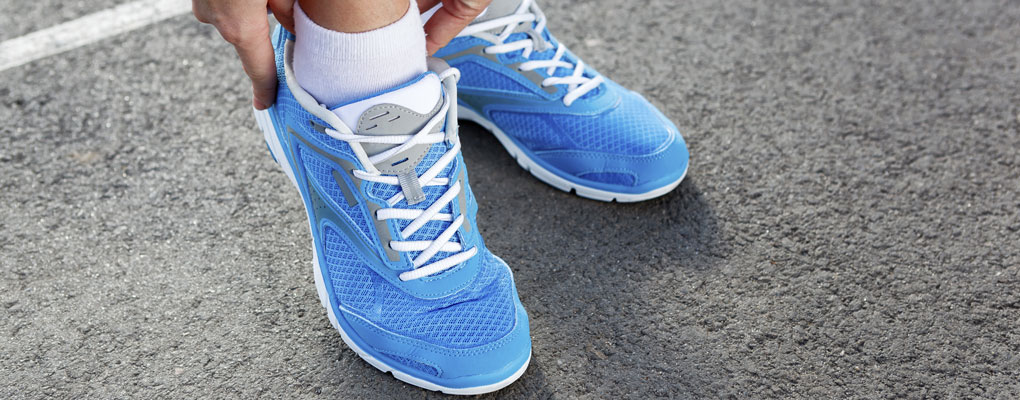
Embarking on an exercise program is a great decision for all round health and vitality. However many of us give little or no consideration to our feet or footwear in preparation for the many steps ahead. Likewise so many people give up exercise due to pain and injury that so easily could have been avoided. Many injuries such as heel pain, shin splints, knee pain and hip soreness have their origin in your individual biomechanics and walking style, so good shoe selection and professional advice at the start might prevent you a world of pain later.
Walking is almost always a key component to a well-rounded exercise program, and in this article we will explore the do’s and don’ts of footwear selection to ensure that your motivation to get fit and healthy doesn’t result in pain or injury.
Before you even take off for the shoe store, ask yourself a few questions;
Most good quality athletic shoes are designed for a particular purpose, but can be broadly grouped into three categories – Cross trainer, structured jogger, light weight/minimal trainer. If your activities include only walking on flat level ground, then your best bet in the first instance is to go for a structured jogger. If you plan to do a mixture of walking and multidirectional activities (tennis, netball etc.), then a cross trainer would be more appropriate, as the design and tread pattern is more forgiving to this type of movement. Light weight trainers should be reserved for those only with good fitness levels and are not advised for beginners. If you have an injury and pre-existing medical condition, refer to the below points before starting your exercise program.
The range of athletic shoes is now so broad and complex, it’s important to know a little about your own body type and alignment before proceeding to purchase. Stand in a relaxed manner in front of a mirror and have a look at the shape and structure of your legs and feet;
If you have identified any notable structural or alignment concerns with your lower limbs, or if you have current or previous history of injury, it is wise to get professional advice before spending your hard earned money on a pair of shoes that could potentially be wrong and do harm. If you have diabetes, it is essential you have professional advice before proceeding. Find a good podiatrist who knows and works with athletic shoes, and ask for a biomechanical consultation with video gait analysis. This very detailed screening will provide you with all the information you need to make the right shoe choice, and also ensure you won’t go on to develop injuries related to your foot and lower limb alignment. Custom foot orthoses are often prescribed by podiatrists to address structural alignment and for many people are essential for them to be able to exercise pain and injury free.
Finally, I leave you with a few absolute no-no’s;
If you would like to ask a question about foot health or footwear selection, you can log onto my website at www.myfootdr.com.au and use the contact us at Camp Hill. I wish you all the best in your fitness endeavours.
 Director and Podiatrist
Director and Podiatrist
B.Podiatry M.A.Pod.A (Qld) Accredited Podiatrist
myFootDr Podiatry Centres
www.myfootdr.com.au
Tap to call us at 1800 567 348
Fill in your details below and our team will be in contact shortly to answer your questions and get you started.
"*" indicates required fields